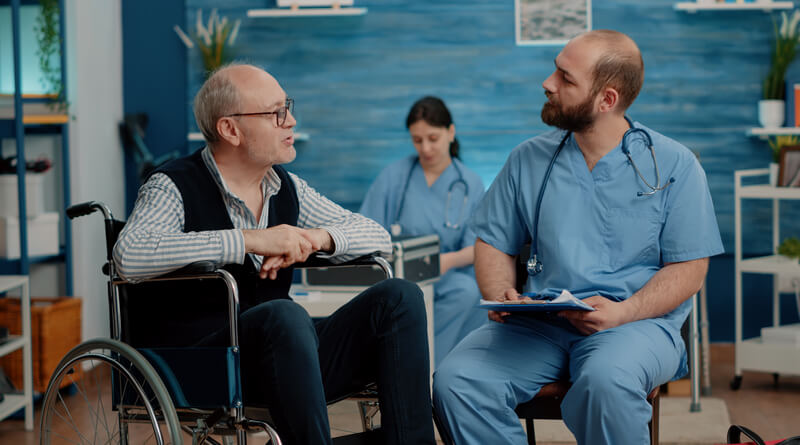Identity Management: Why Should Psychiatric Practices Care?

The psychiatric care sector is growing rapidly as demand continues to increase. According to U.S. News, mental health care services are seeing a steep rise in the demand for depression and anxiety treatment. Due to this trend, psychiatric facilities are digitizing their services so they can engage patients more conveniently.
However, the growing popularity of telepsychiatry and other recent innovations in mental healthcare also point to increasing risks to privacy and data security. Alongside the growing demand for such services, the psychiatric sector should also consider the latest cybersecurity threats, including social engineering approaches and ransomware attacks.

There are several ways for psychiatric facilities to reduce their exposure to these threats, but the first thing they can do is incorporate identity management into their cybersecurity infrastructure.
What is Identity Management?
As telepsychiatry continues to expand, psychiatric professionals must focus on securing patient information in line with the Health Insurance Portability and Accountability Act. With the amount of data psychiatric facilities handle, identity management ensures that such data will not fall into the wrong hands.
That’s because identity management deals with controlling access to servers and networks where data is transferred or exchanged. It involves authenticating individuals who are allowed access to the software and networks used by the facility.
Identity management uses various methods and approaches to ensure that only authorized personnel can access patient records without compromising patient outcomes. These include password management, user account management, role assignment, and compliance with HIPAA. Psychiatric staff can easily collaborate within an information system protected by data encryption, strong passwords, multi-factor authentication, and more.
The main advantage of identity management is to increase a psychiatric facility’s security posture and ensure that patient data is heavily protected from third-party or even internal cybersecurity threats. Equally important are the gains in productivity and a significant reduction in the cost of maintaining a secured network. However, the success of your identity management efforts will still depend on the strategy you are using.
Tips for Effective Identity Management
If you are a psychiatric practitioner managing a mental health facility, you must use the right approaches that align with your security needs. The first thing you will need is to train your staff about cybersecurity and ensure that they understand their role in HIPAA compliance. Suppose you have nurse practitioners who have obtained a Master’s degree through an online psych NP program. In that case, they should have a good idea of ensuring accountability and using patient data for improving outcomes.
In addition, you will need to work closely with a cloud-based identity management provider so you can access greater security capabilities and improve your security posture. You should also set up an effective onboarding process that automatically assigns roles to new staff members and eliminates vacant accounts once employees leave.
Identity management requires having the right infrastructure and expertise in tow. Setting up high levels of security could be daunting, but that’s expected considering that you still need to address patient needs directly. Taking the time to understand the importance of identity management in your psychiatric facility can help you steer clear of major issues later on.




















